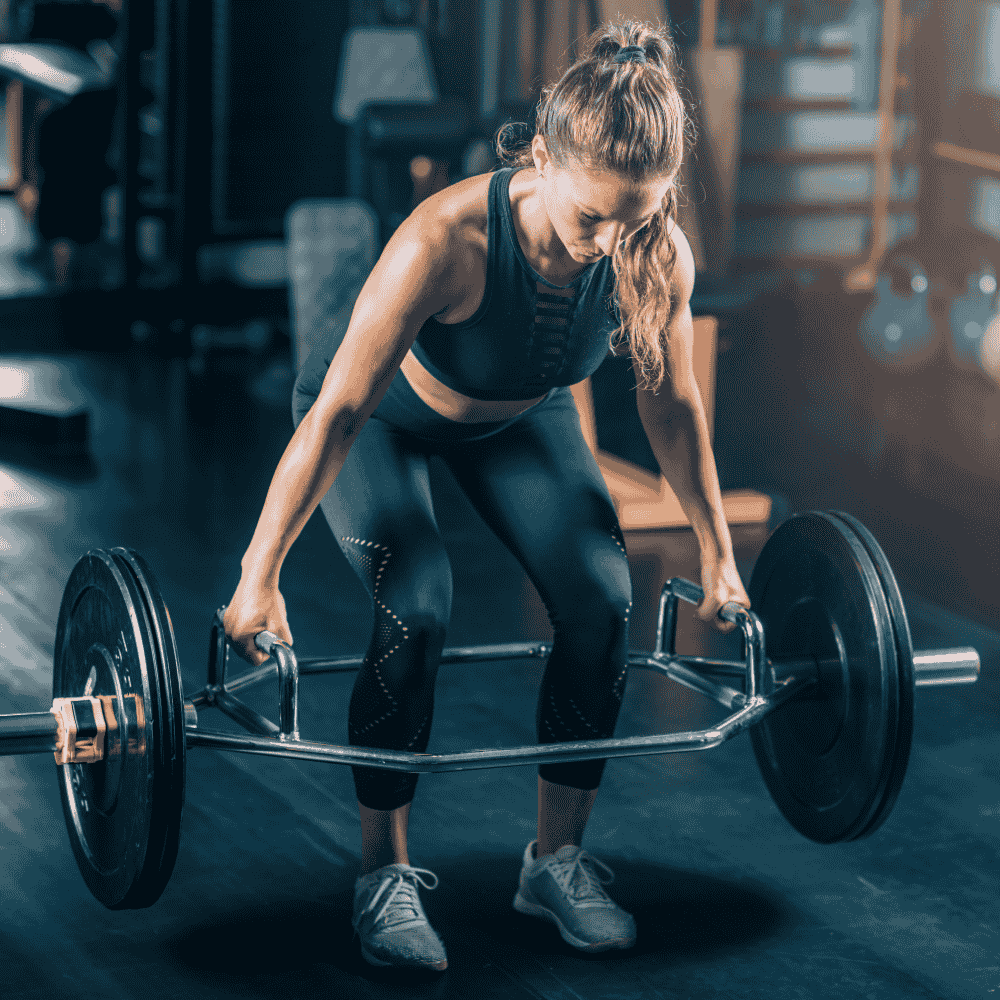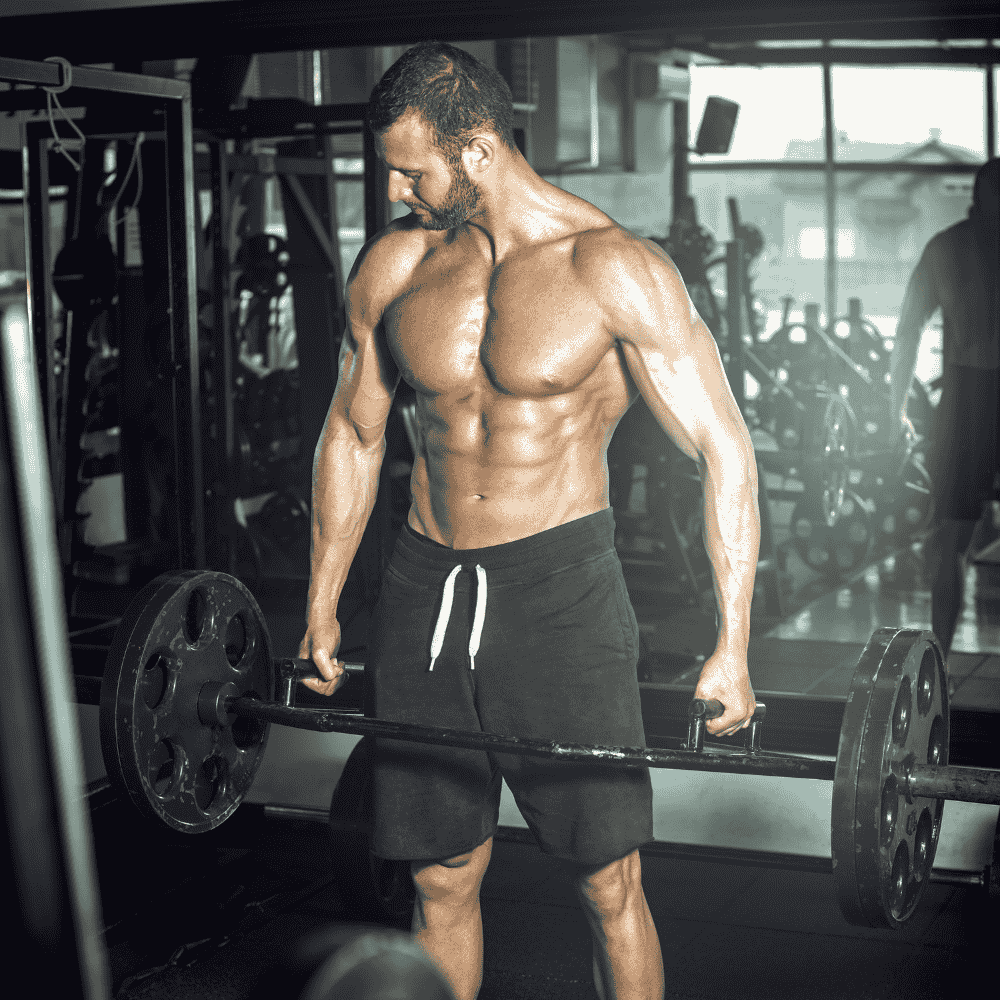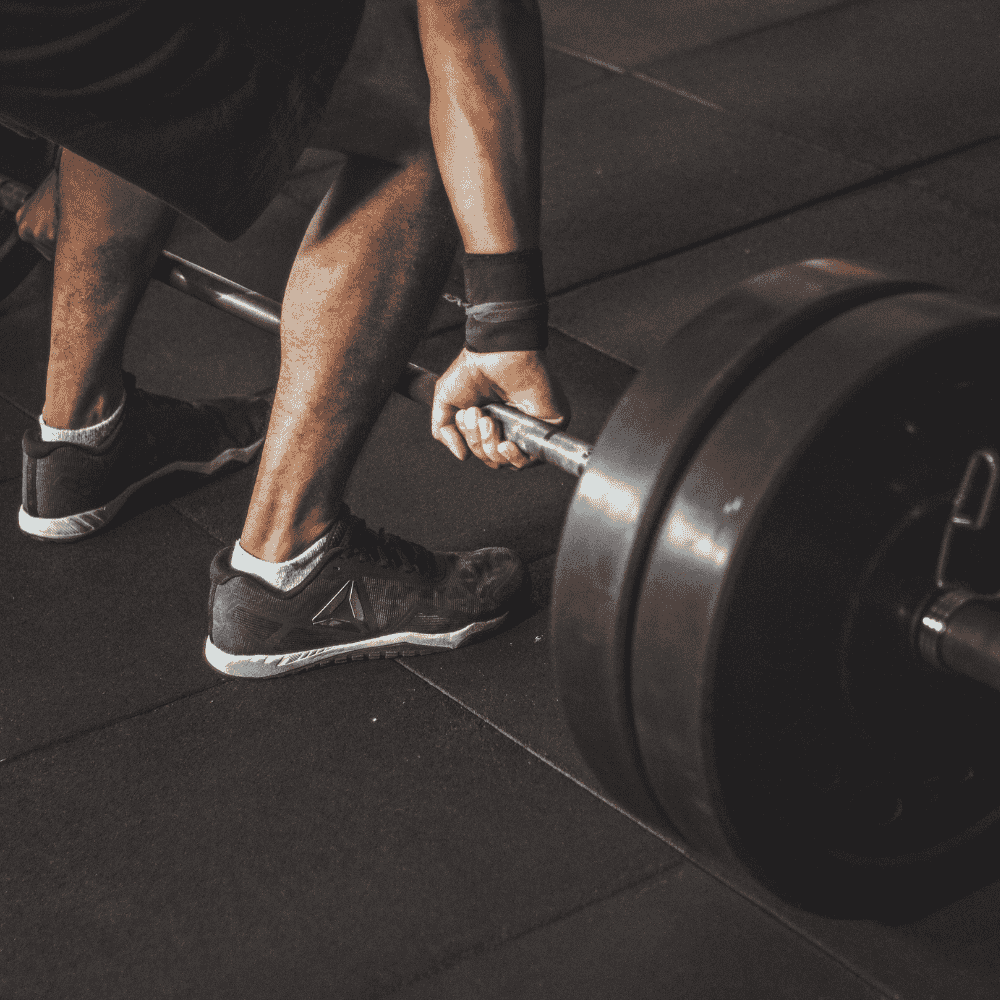Lateral raises are a fundamental exercise for targeting the side deltoids, helping to build width and definition in the shoulders.
Whether you're a beginner or a seasoned lifter, mastering proper form is essential for maximising results and minimising the risk of injury.
In this comprehensive guide, we'll walk you through everything you need to know to perform lateral raises with perfect form.
Understanding the Muscles Worked
Before diving into the technique, it's important to understand the muscles targeted by lateral raises.
The primary muscle worked during this exercise is the lateral deltoid, located on the side of the shoulder.
Additionally, the exercise also engages the traps, upper back, and stabiliser muscles in the arms and core.

Proper Form: Step-by-Step
Setup: Begin by standing with your feet shoulder-width apart, holding a dumbbell in each hand at your sides. Ensure your core is engaged and your spine is neutral.
Initiate the Movement: With a slight bend in your elbows, exhale and raise the dumbbells directly to the sides, keeping your arms straight but not locked. Focus on leading the movement with your elbows rather than your hands.
Control the Motion: Avoid swinging or using momentum to lift the weights. Keep the movement slow and controlled, maintaining tension in the deltoids throughout the range of motion.
Peak Contraction: At the top of the movement, when your arms are parallel to the floor, pause briefly and squeeze your shoulder muscles to maximize the contraction.
Lowering Phase: Inhale as you slowly lower the dumbbells back to the starting position, resisting the urge to let them drop quickly.
Repeat: Perform the desired number of repetitions, typically ranging from 8 to 15 per set, depending on your fitness goals and level of experience.
Common Mistakes to Avoid
- Using Too Much Weight: Focus on using a weight that allows you to maintain proper form throughout the exercise. Using excessive weight can lead to compensation patterns and increase the risk of injury.
- Rounding the Back: Keep your spine neutral and your core engaged throughout the movement to protect your lower back from strain.
Lifting Too High: Avoid lifting the dumbbells above shoulder level, as this can place unnecessary strain on the shoulder joint and increase the risk of injury.
Swinging the Weights: Maintain strict control over the movement, avoiding any swinging or momentum to lift the weights. This ensures that the deltoids are properly engaged throughout the exercise.
Variations and Progressions
Once you've mastered the basic lateral raise, you can incorporate variations and progressions to further challenge your shoulder muscles:
Seated Lateral Raises: Perform the exercise while seated to minimize momentum and isolate the shoulder muscles more effectively.
Reverse Lateral Raises: Instead of lifting the dumbbells to the sides, lift them to the rear to target the rear deltoids.
Drop Sets: Perform multiple sets of lateral raises with decreasing weight to fatigue the muscles and stimulate growth.
Lateral raises are a key exercise for developing strong, well-rounded shoulders.
By mastering proper form and technique, you can effectively target the lateral deltoids and enhance shoulder width and definition.
Incorporate lateral raises into your shoulder workout routine and watch your shoulder strength and aesthetics improve over time.









